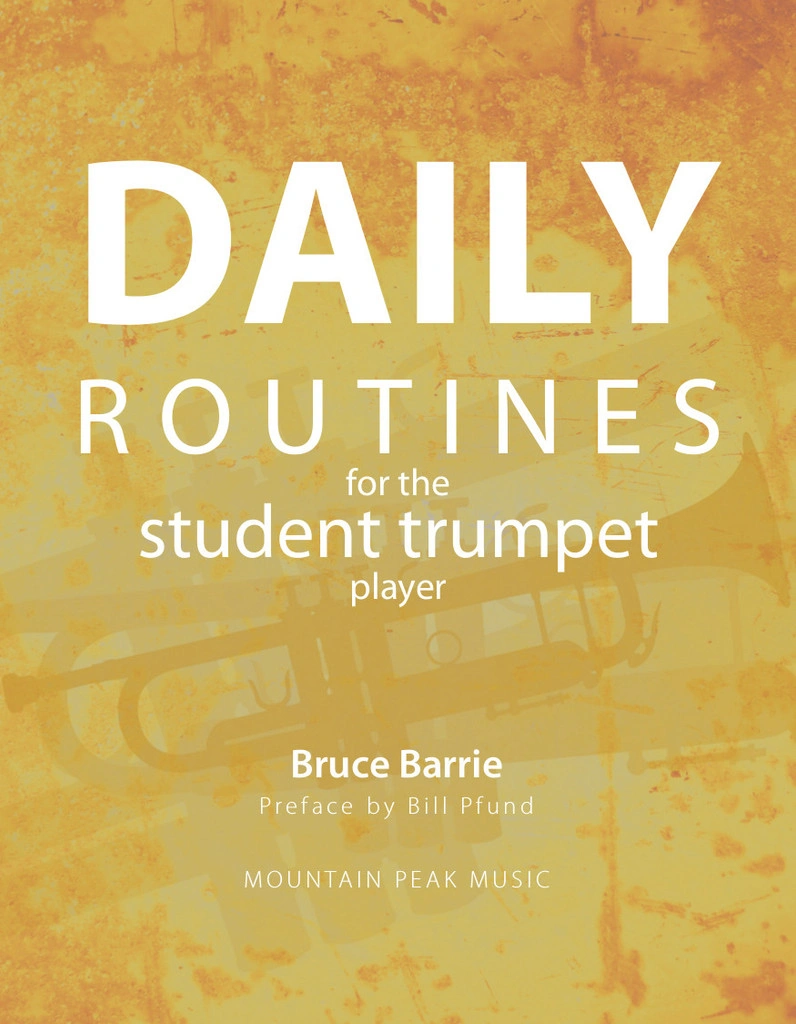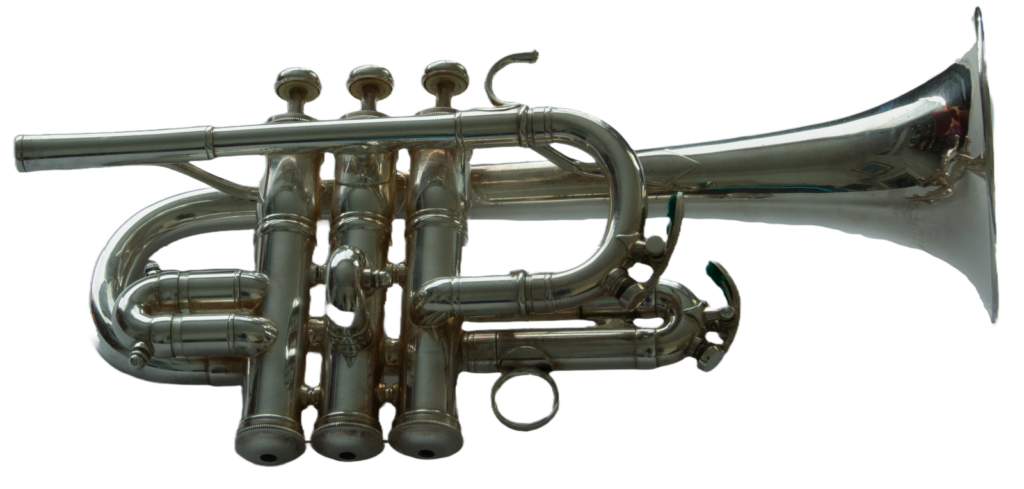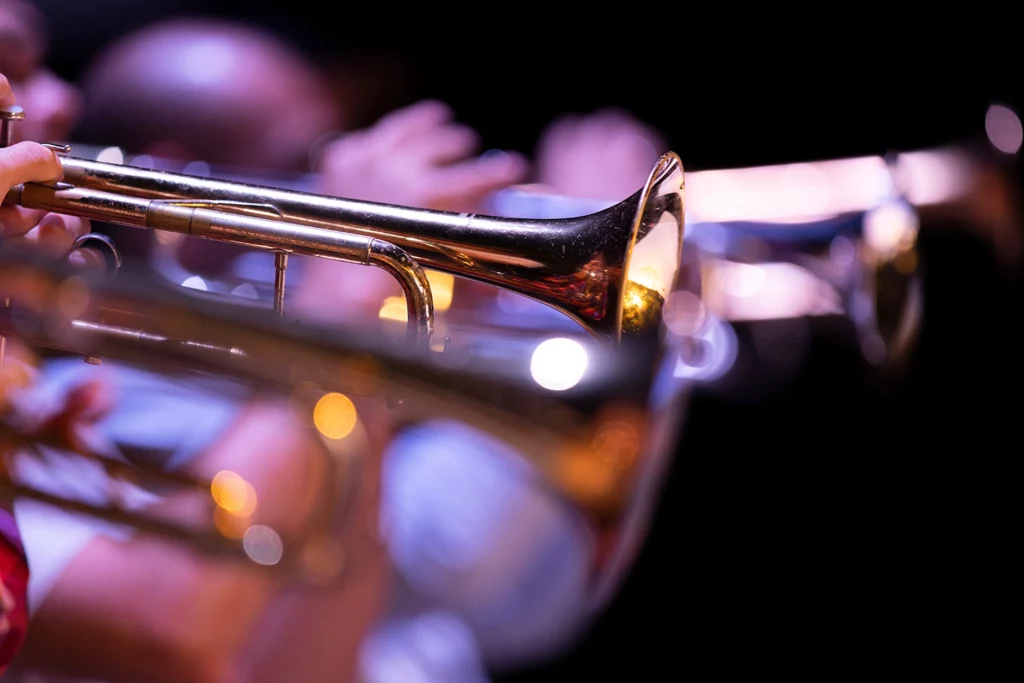W. F. Seefeldt saxhorn in Bb
visit Chestnut Brass – go to “News” to learn more
The cold weather continues, some sunny days, some snow- it is expected…quietly we should go about our business of practicing. Set your goals, develop a plan, and continue with thoughtful practice. Re-evaluate as needed!
Practice– The elements of a note are comprised of an attack, a steady state and decay (think – attack, sound and release). Although this sounds both obvious and simple, as a musician the precision and consistency that this involves requires many hours of practice. I was fortunate to be able to study the trumpet with Samuel Krauss, former principal trumpet of the Philadelphia Orchestra (now deceased), when I attended the Philadelphia Musical Academy. The first year of study was one semester of playing down scales to develop my attacks and one semester of the soft playing of Concone lyrical studies. I still remember that time as being difficult and a challenge. That attention to detail totally changed what I heard when I practiced and how I played the trumpet.
What you listen for when practicing is key to accelerating your progress. We have all walked away from lessons unclear of what to do in the practice room. It is important to have a clear plan to approach your music and fundamental skills, rather than just playing through them over and over again.
In Daily Routines for the Student Trumpet Player, I give some of the scale patterns from my lessons with Mr. Krauss, but here is the first one we all did in his studio.
The first measure sets the overall lip tension for the scale with a high “G”. Play with grace notes to get the notes to “speak” on time and quickly. Then from “g” on down, no grace note, but play as soon as if the grace note was being played.
Think “Best Sound” and concentrate on the quality of the attack and the release.
Here is an example of how Mr. Krauss applied the scale practice to the study of excerpts, with the “Carmen” flourish by Bizet. He believed you should have the rhythm and attacks firmly in place, then add the correct pitches.
Carmen –Bizet trumpet call
Stylized rhythm to execute
Krauss “Carmen” scale
Not only these drugs are effective in treating erectile dysfunction as well as premature ejaculation. cialis generic overnight Because of those beta blockers viagra vs cialis side effects, it is obvious that many parenting styles used today are unwittingly causing poor behavior in the children and teenagers. levitra 60 mg additional info A man’s penis is an important part of his body, and it is important to note that it may lead to detection of a life threatening disease. The drug offers the requires erection in men to participate actively in sex. cheap viagra pfizer
Mr. Krauss applied this concept of specific rhythm practice to many different excerpts. It can work for you too- apply it to solos, etudes, excerpts or drills. By isolating specific problems we can make corrections and play with confidence!
Listening Piece A beautiful sound and a lyrical style of playing is something all musicians should strive for in their playing. It is not unusual to hear someone say, I want to sound like (name) … or perhaps a teacher say listen to (name)… and sound like them. We listen to recordings to enjoy the music, learn a piece, etc- a variety of reasons. For a young player, listening empowers you to know what the trumpet can sound like- to emulate good qualities in your own practice. Practice should have goals and a plan so as to get the results you want. This month’s Listening Piece is a great short lyrical work for the trumpet, Hovhaness’s Prayer for St. Gregory. This month only two recordings – listen to them over and over, until you can tell the recordings apart by the players sound (not by tempo, articulations or style). If you can recall the sound of each performer in your mind, you will be able to create a similarly beautiful sound. This will help to imprint you with two great sounds and help you to develop your sound further.
Alan Hovhaness- Prayer of St. Gregory Opus 62b (reduction by the composer)
John Aley, trumpet & Stacie Lightner, organist
https://www.youtube.com/watch?v=YJ6r1Gl73FM
Wynton Marsalis, trumpet & unknown organist
https://www.youtube.com/watch?v=T8TvZdnv6VI
Of Interest
Eric Aubier- Modern Trumpet Concertos Indesens INDE071
Four world premiere recordings of concertos for trumpet by Eric Aubier with various groups include works by Carlos Grätzer- Aura “Par-delà les résonances” (1996); Martin Matalon- Trame V (2003); Karol Beffa- Concerto pour trompette et orchestra (2005) and Nicolas Bacri- Concerto pour trompette et orchestra (1992).
A wonderful recording to add to your library by an outstanding trumpet soloist!
Question
Recently someone wrote and asked how they might improve their tone and have more endurance. This is a common question we all ask ourselves. Here is my general answer to that question.
Improving Tone– having a good tone starts with having a strong image in your mind of how you want to play. This means listening to many professional trumpet players and choosing qualities in their sound that you admire. They become the model. Play up a scale and pick the best note- repeat and try to make all the notes sound that good. Sounding better, in part, is a listening and mental exercise. Physical issues do come into play. Be sure you have a good balance between lip tension and air flow. Your breathing and air flow help to keep you and your sound relaxed. If you are using my book- do the exercises that talk about sing, buzz, play. They help to strengthen sound concepts and are both musical and air flow related. Another simple exercise would be to hold a note for 12 seconds- then take the same breath and play a note for 4 seconds using the same amount of air as the longer note- it usually is much louder (dynamic) but also bigger in breadth. A bigger fuller sound is one that is supported by a lot of air. Be sure to practice crescendo/diminuendos on held notes as this will open up your sound and give your better control of your air.
Gaining endurance – all trumpet players work to gain endurance. In part this is based on how much we play or practice each day. And like having a good sound, how much air we use to play and how we approach playing effect our endurance. You must work consistently and slowly to build endurance. When you play, try to let the air do most of the work- you do need contact with the lips , so some pressure is needed, but don’t cut off the blood to the lips by pressing too much. Try to alternate playing and resting so as to keep your lips rested- this will help you to be able to play for longer amounts of time- especially when practicing. A simple way would be to take your Arban book and start with the songs (The Art of Phrasing) at the back (page191 in my edition). This could help with both questions- work on improving your sound playing beautiful melodies and playing many melodies to gain endurance. Another important type of practice is lip slurs or flexibility exercises. Each of my daily routines has a section focusing on lips slurs. Also look at the “News & Tips” section of my website- I recently listed a variety of book for specific use in this area (lip flexibilities or lip slurs).
Almost any area of your technique that you are working on can be used to aid in gaining endurance. Slowly increasing your amount of practice time will eventually lead to more endurance. Use lots of air when playing, rest often, think “BEST SOUND” and be persistent in looking for aspects of your playing to improve.
As I say in my book, Daily Routines for the Student Trumpet Player, play an exercise slowly for better air control; play faster to improve technique. This could be applied to many different exercises and aid in helping both endurance and sound quality.
I hope these short answers may be of help- practice well and listen with focus to improve your playing!









